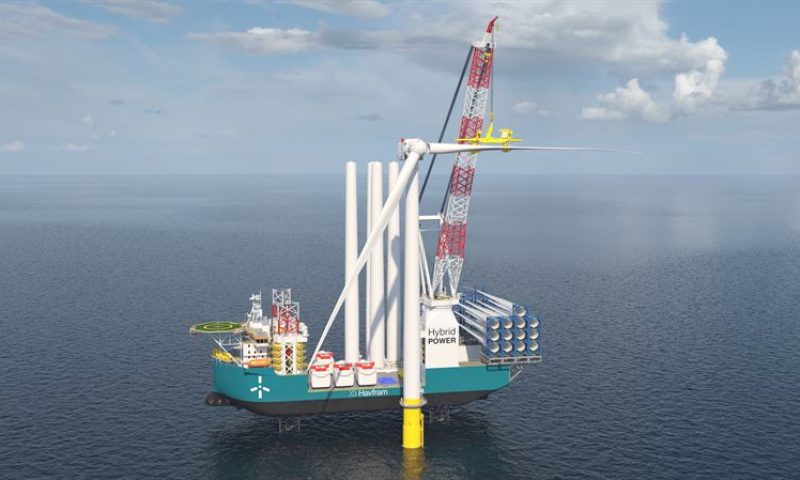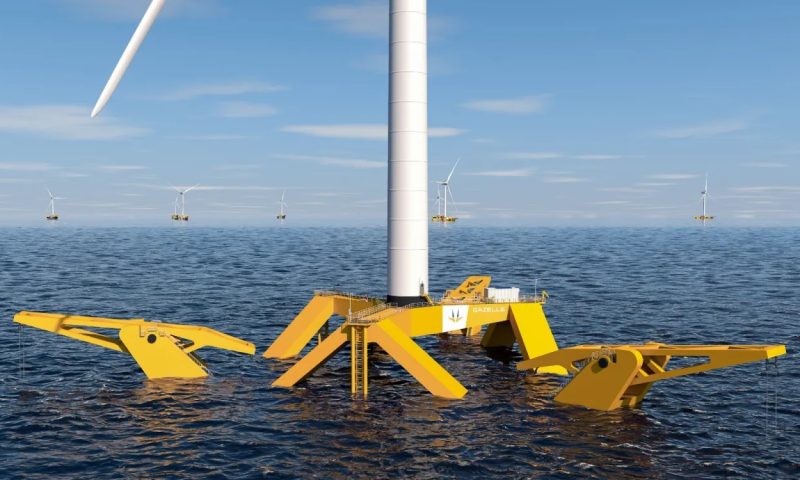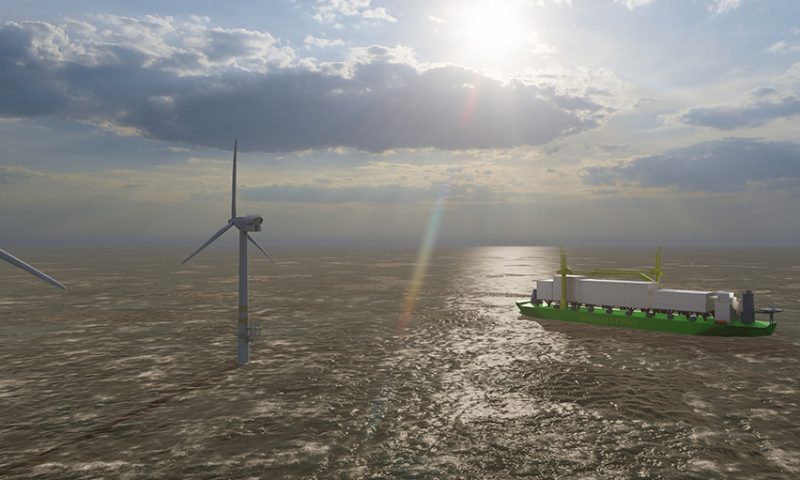
FAU TO EXPAND SOUTHEAST NATIONAL MARINE RENEWABLE ENERGY CENTER
Designated by the United States Department of Energy (DOE) as one of four national marine renewable energy centers, Florida Atlantic University’s Southeast National Marine Renewable Energy Center (SNMREC) has announced expansion plans later this year that will include new university partnerships, capabilities and opportunities.
With significant untapped marine energy resources in the U.S., skyrocketing gas prices and U.S. reliance on oil imports, opportunities exist to safely capture and convert energy into clean, renewable electricity for communities and other emerging uses in the Blue Economy.
In 2021, the DOE estimated the technical potential of marine energy resources, which include wave, tidal, ocean current, ocean thermal, and riverine in all 50 states to be 2,300 terawatt hours per year – equivalent to 57 percent of all U.S. electricity generated in 2019. Utilizing just one-tenth of these resources is enough energy to power 22 million homes.
Established in 2010, SNMREC focuses on accelerating the responsible commercialization of marine energy technologies. The center provides technology assistance, workforce development, regulatory and policy support, environmental measurement, ocean current and ocean thermal resource measurements, on and offshore testing infrastructure, stakeholder outreach, international standards and certification, and support for other key aspects of this emerging clean power sector.
SNMREC has leveraged more than $22 million in state, federal, and private funding to advance projects worldwide to harness the vast untapped energy from the ocean. From securing the country’s first offshore lease for marine energy activities to a demonstration that generated uninterrupted power from the Gulf Stream for a continuous 24-hour period in 2020, SNMREC has established itself as a global leader in the sector.
“We have helped to establish a strong foundation for the offshore energy sector to grow,” said Gabriel Alsenas, SNMREC director. “However, there is much left to realize for the vision of harnessing our oceans to power our communities. To hasten commercialization efforts, we have begun discussions with several university partners to expand the center’s footprint to address the evolving needs of the marine energy sector, especially for projects along the entire U.S. East Coast, not just the southeast.”
Historically, SNMREC has focused on harnessing ocean currents like the Gulf Stream. However, many of the center’s turbine technology developer partners also target rivers and tidal flows. FAU’s new university partners will leverage and expand their research capabilities to better support the sector’s commercial project ambitions in New England and elsewhere.
“We look forward to expanding the University of Massachusetts Amherst’s previous work in the offshore energy and Blue Economy sectors, especially with respect to solving technical and socio-economic challenges that energy conversion systems face,” said Krish Sharman, Ph.D., professor and endowed chair in renewable energy, Department of Mechanical and Industrial Engineering, University of Massachusetts Amherst.
Wave energy available on the U.S. East Coast also can provide significant power to communities, yet few commercial projects have been proposed. FAU’s new partners will provide significant simulation, testing and research capabilities to help attract and support a wave energy community.
According to Richard Kimball, Ph.D., Presidential Professor of Ocean Engineering and Energy, Department of Mechanical Engineering at the University of Maine, the university’s Alfond W2 Wind Wave Basin, a scaled ocean field test site in Castine and a full-scale demonstration site in Mohegan are available to move wave energy systems from concept to commercial maturity.
“Our work in marine policy, fisheries and regulatory domains in support of offshore energy development has been key for several commercial tidal and river projects in the U.S., as well,” said Kimball. “A healthy industry requires a robust ecosystem of suppliers, service providers and stakeholders working together locally and regionally. This also includes a better understanding of local and regional stakeholder expectations as projects are proposed.”
Reza Hashemi, Ph.D., associate professor in ocean engineering and founder of the Wave Current Interaction Laboratory at the Ocean Technology Center of the University of Rhode Island, says that their offshore energy research has been pivotal to complete the nation’s first offshore wind farm at Block Island and are also being applied to marine energy projects.
The offshore floating wind sector has gained much traction and several projects are currently planned for the U.S. East Coast. Integrating with or leveraging the success of offshore wind projects will help marine energy projects succeed. Because several prospective partners have established world-class expertise for these sectors, an expanded SNMREC is expected to help to bridge technology and project overlap between the two sectors.
“There are many aspects that floating wind turbines and marine energy systems share. Texas A&M University’s Offshore Technology Research Center wind-wave-current basin and our simulation tools offer unique capabilities to help accelerate marine energy commercial projects in the U.S.,” said Moo-Hyun Kim, Ph.D., Bauer II Professor, Department of Ocean Engineering, Texas A&M University.
Although FAU has measured, modeled and characterized the Gulf Stream since 2009, many other tidal, wave and river sites along the U.S. East Coast require additional analysis for commercial projects to move forward. Alsenas notes that new partnerships also could help to establish a robust characterization of commercially viable marine energy sites.
“We have previously led U.S. Department of Energy funded teams that performed the national resource assessments for ocean current and tidal sites for the U.S.,” said Kevin Haas, Ph.D., associate professor in the School of Civil and Environmental Engineering and co-director of the multi-disciplinary program in Ocean Science & Engineering at Georgia Tech. “We continue to evolve our expertise and tools to help inform marine energy project developers, funding agencies, and regulators.”
Next steps for SNMREC’s expansion include formalizing the consortium, strategically coordinating testing, research, and workforce development capabilities, developing a new identity to match the center’s broadened scope, and engaging with a larger group of stakeholders who represent various aspects of future successful commercial marine energy projects in the U.S.








